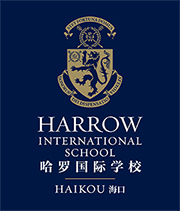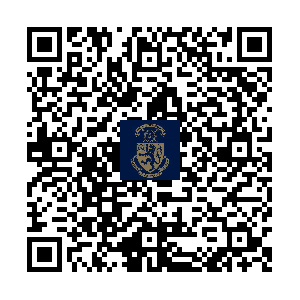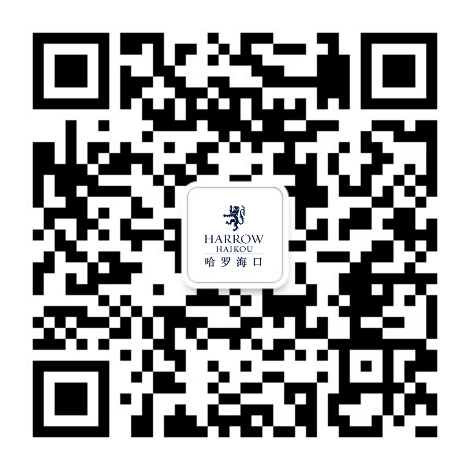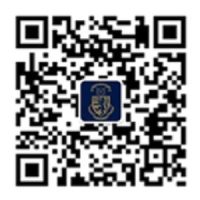It all started with a movie – Moon Man – that hits the big screen during this summer vacation.
Do you still remember the fabulous scenes on the moon shown in the movie?
Space travel to the moon carries the dream shared by all humankind. Also, we celebrated the Mid-Autumn Festival this September. That inspired us to develop the themed classes on Lunar Exploration to involve all upper school students.
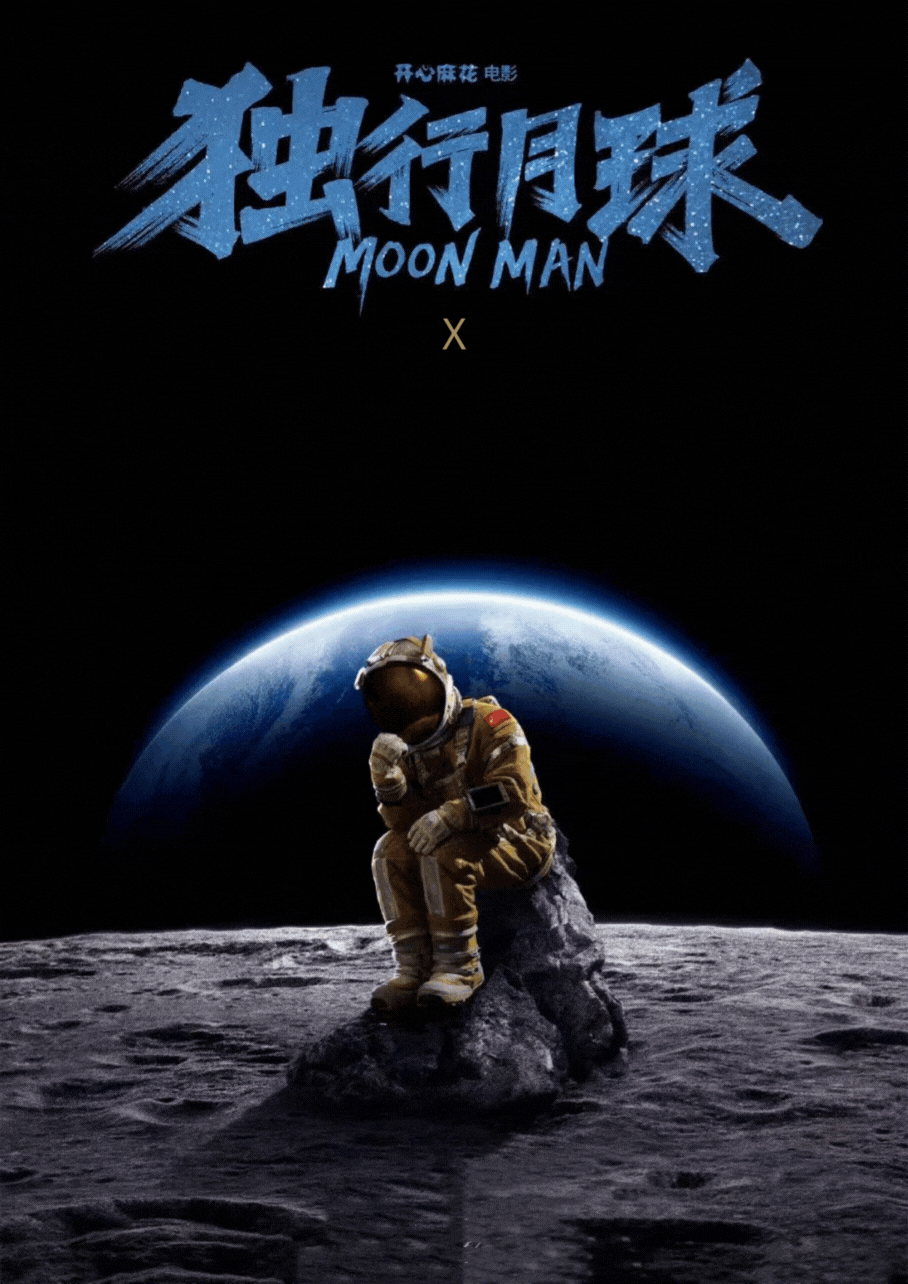
Biology
Learning knowledge about nutrients through homemade mooncake
In the themed biology class, inspired by the space food mentioned in the movie, our students watched the video of astronauts in Shenzhou – 11, China’s sixth manned spacecraft, growing lettuce in space and preparing relevant materials before the launch of the spacecraft. What kind of food can be considered space food? Our Y9/G8 students analyzed the nutrients in space food and calculated the calories in space food.
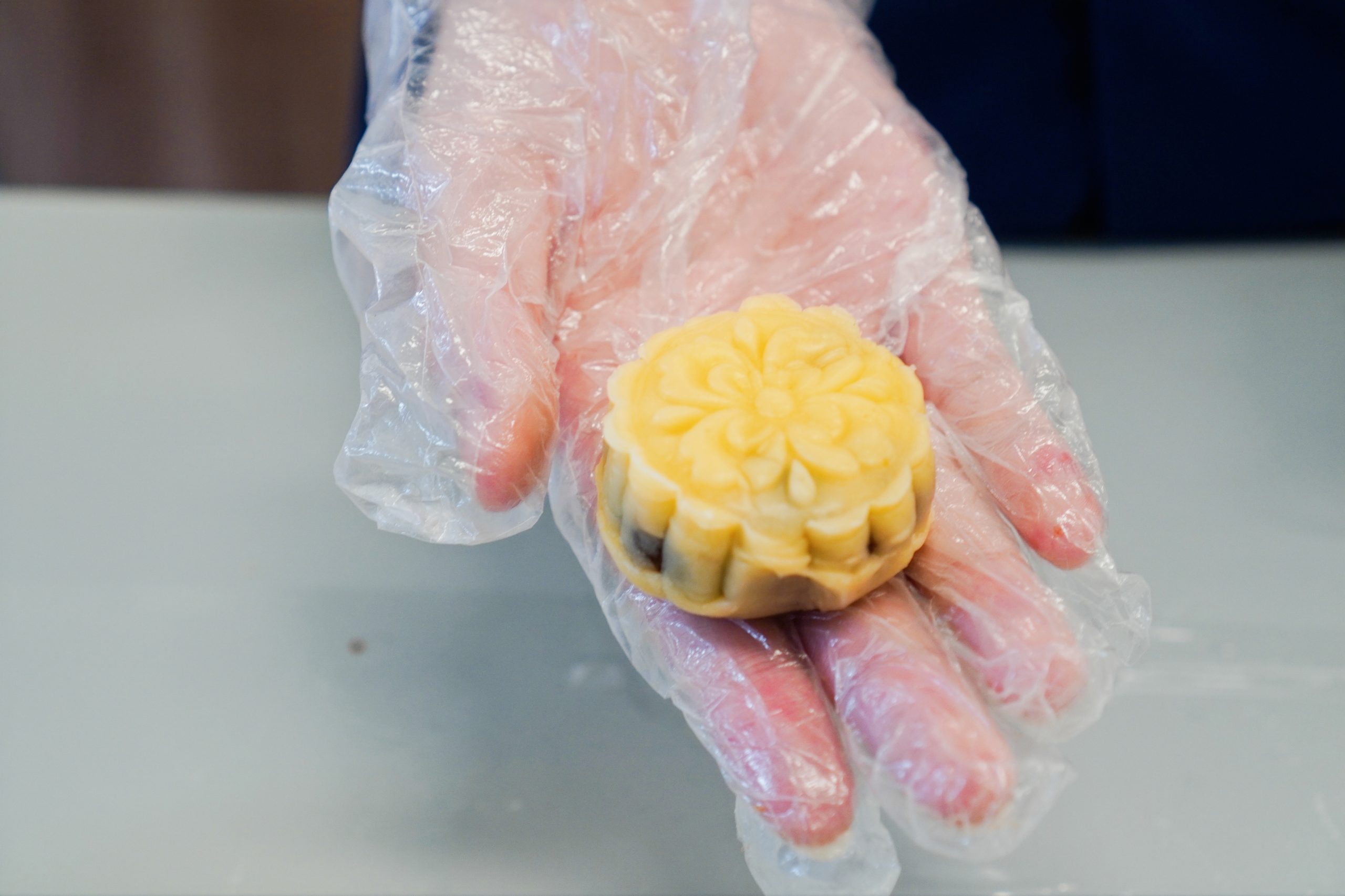
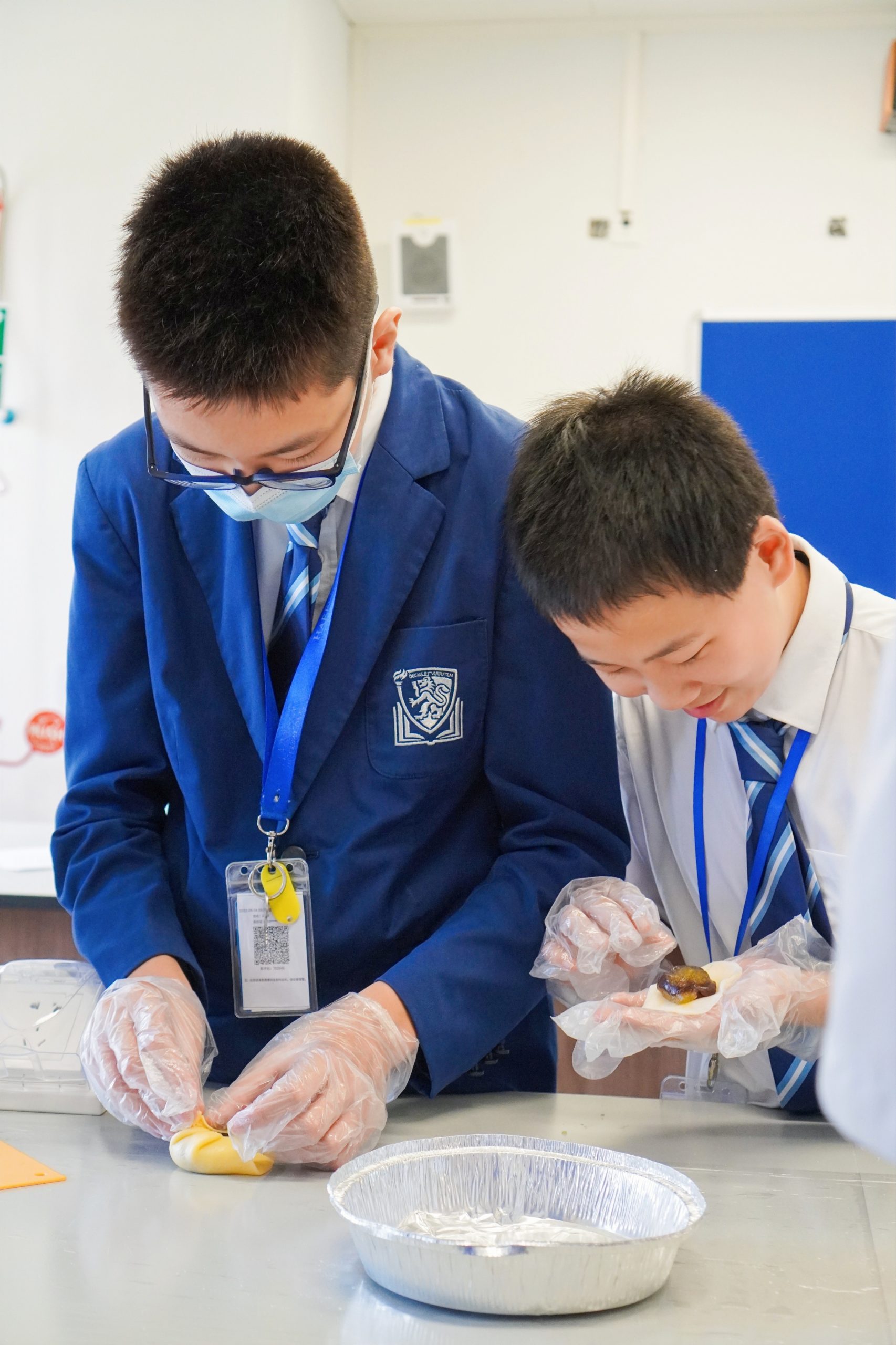
In addition, the students made “Tiangong Mooncake” under the guidance of their teachers. The mooncake skin, seasoning powder, and stuffing all need to be weighed and prepared in proportion to facilitate the final measurement of the calories and the calculation of nutrient reference values (NRV) of the mooncake.
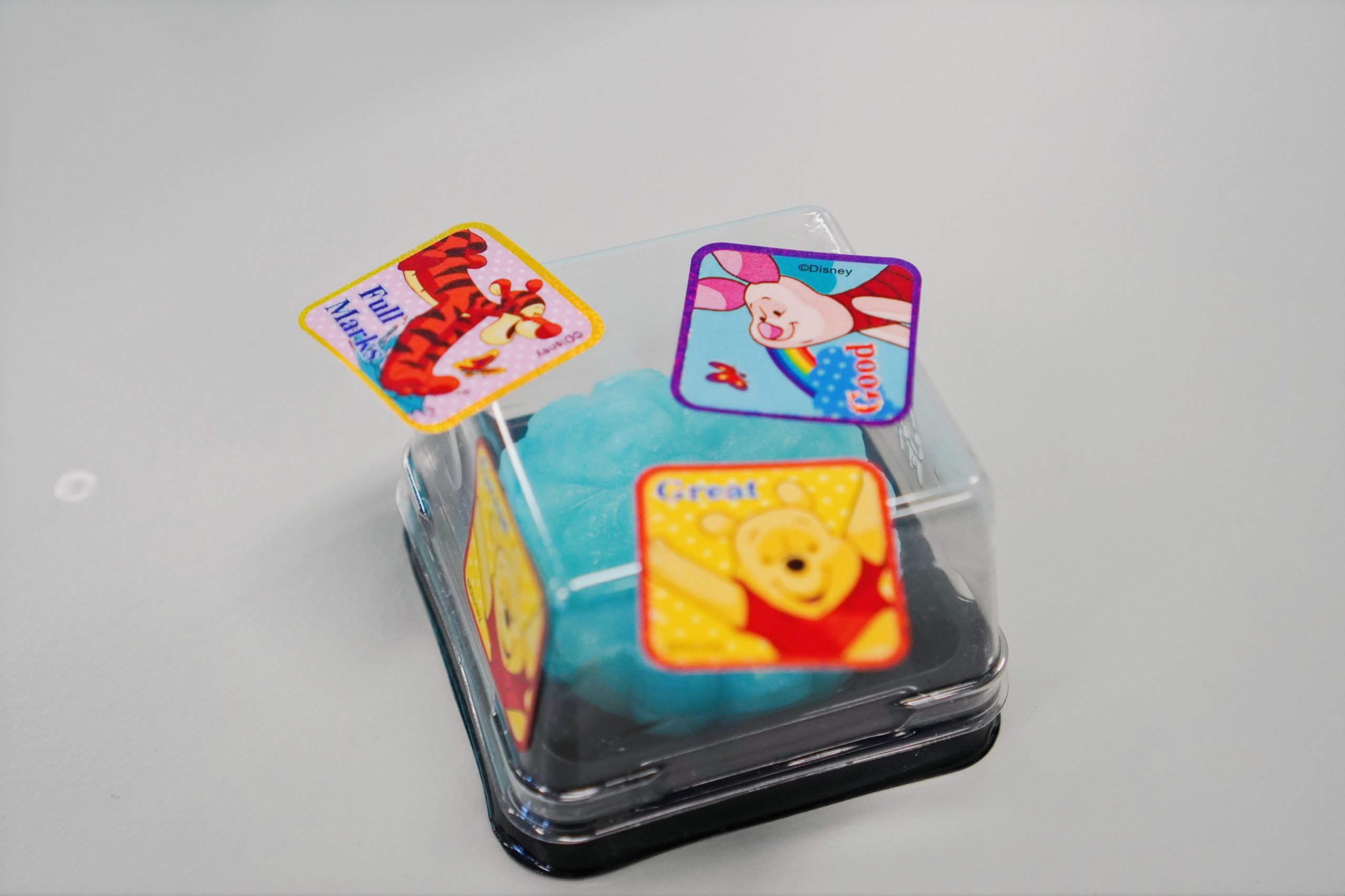
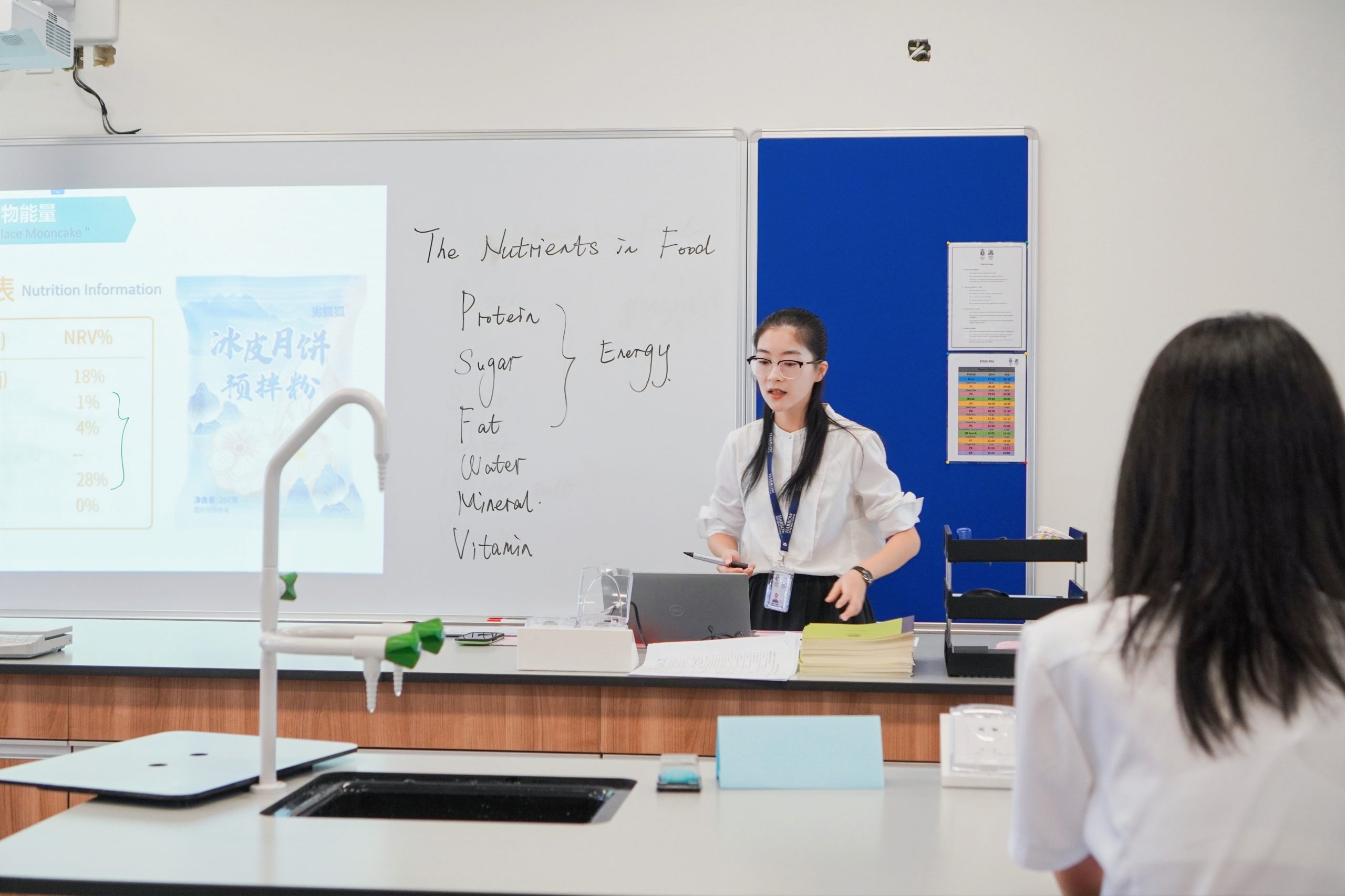
There was further discussion on nutritional elements while the students were making mooncakes.
Sugar, fat, protein, water, inorganic salts, vitamins, and dietary fibre!
When the teacher asked about the main nutrients the human body needs, the children blurted out the correct answers.
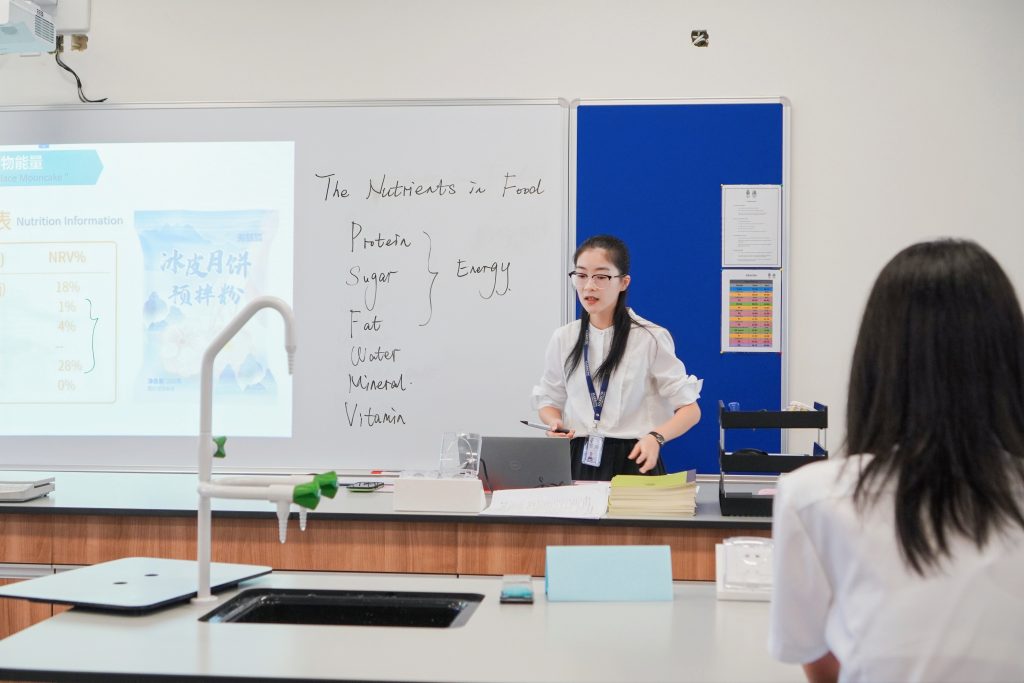
This lunar exploration-themed biology class contains a variety of core qualities in life concepts, rational thinking, scientific practice, and social responsibility. Making mooncakes on their own has also become a unique and wonderful experience for Y9/G8 students.
Chemistry
Exploring the universe with a rocket
In the movie Moon Man, the audience would be deeply impressed by the spectacle of rockets rising from the ground. But how do we make our own rocket?
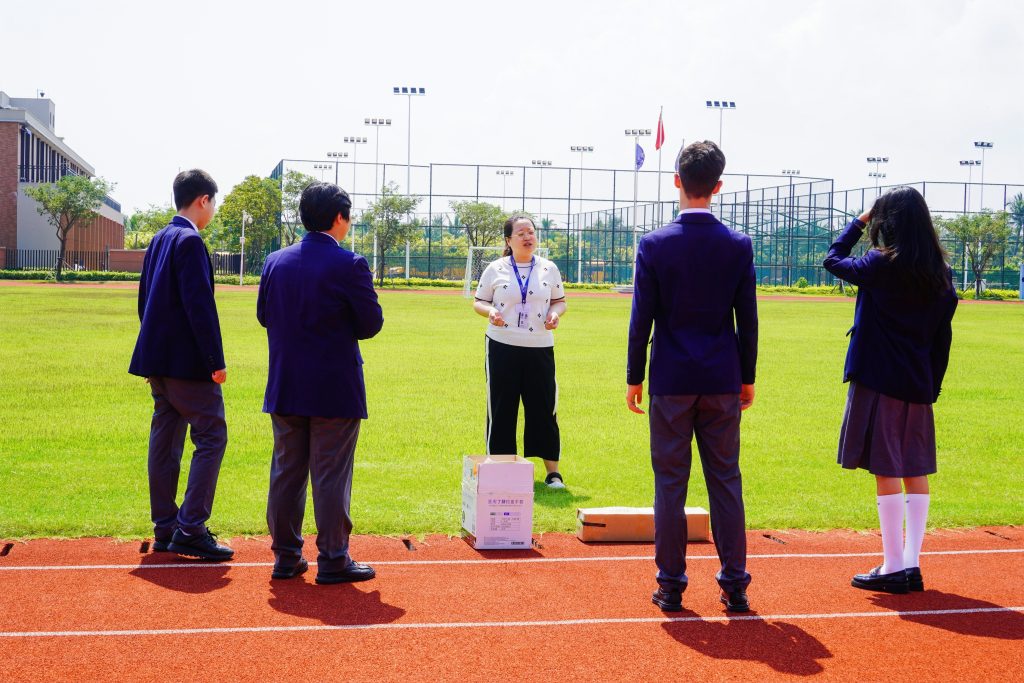
The fuel for rockets is closely related to chemistry. For the sake of safety, the teacher decided to use water as a “combustion booster” to guide the students to make their own rockets. He also introduced to the students the effects of accelerants, launching angle and other factors on the rocket’s range.
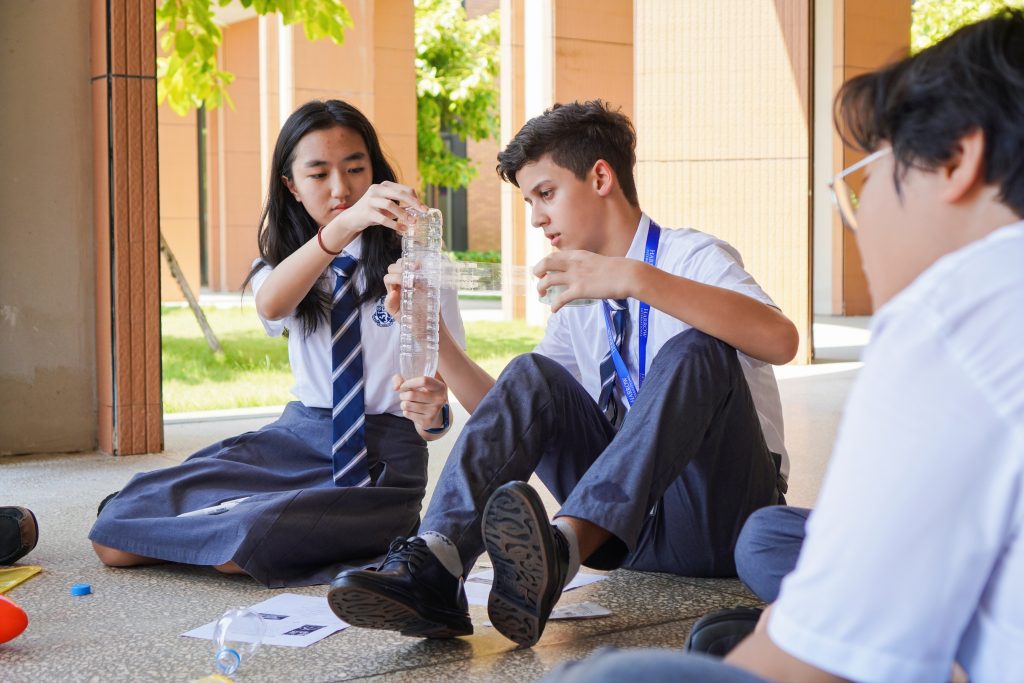
At the beginning of the class, the teacher explained the principle of making a “water rocket” to the students in detail. Students can use beverage bottles to make a power module, and then assemble the body, nose cone, and tail fin of the rocket. The rocket will then be filled with a certain amount of water and filled with air with a pump. After reaching a certain pressure, the air pressure will pop out the cork, and the reaction force generated by the spray of water will send the rocket into the sky.
After the assembly, the students wrote their wishes on the rocket and came to the football pitch to prepare for launch.
“Three, two, one, launch!” The water rockets flew into the blue sky one after another.
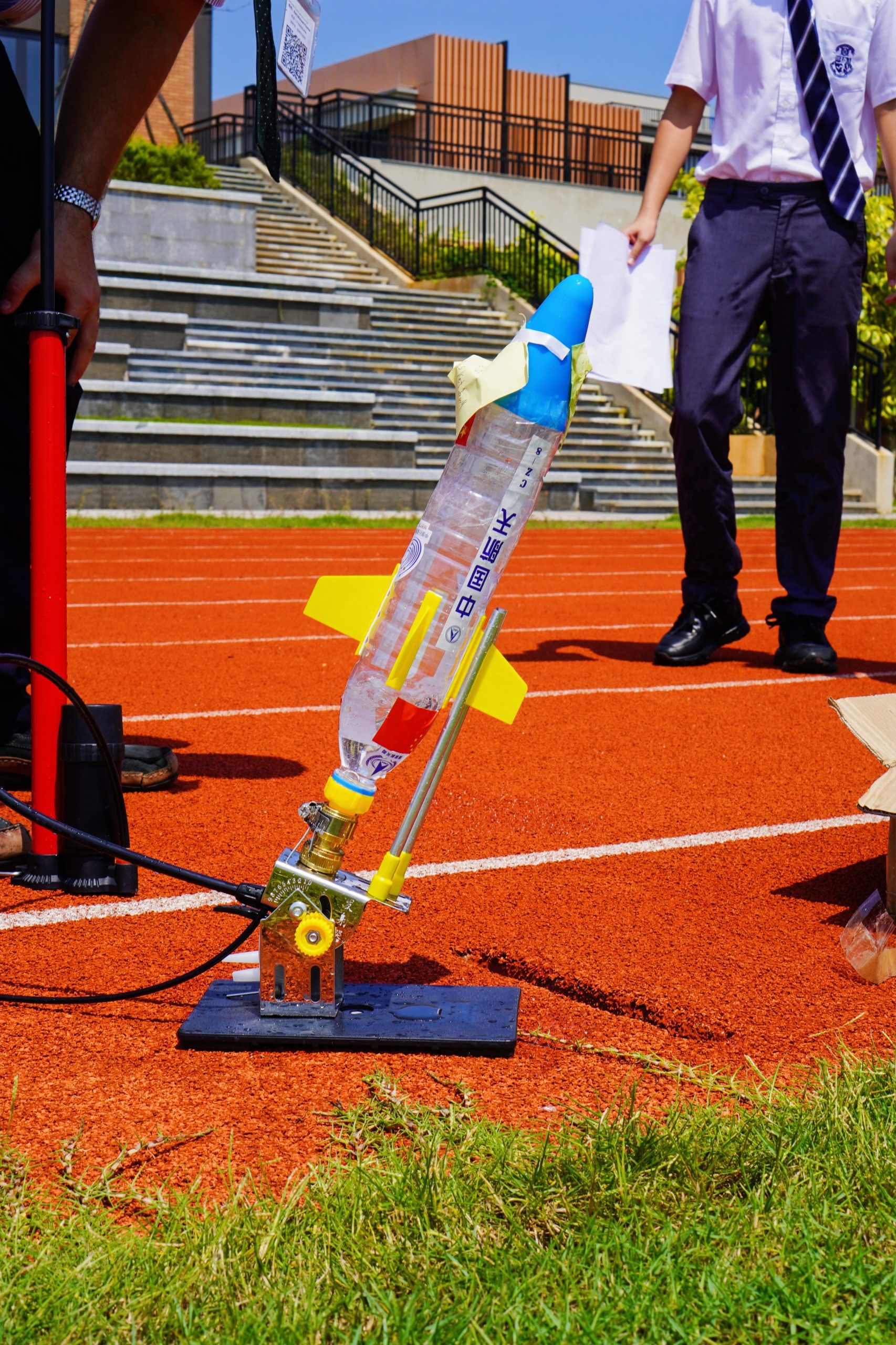
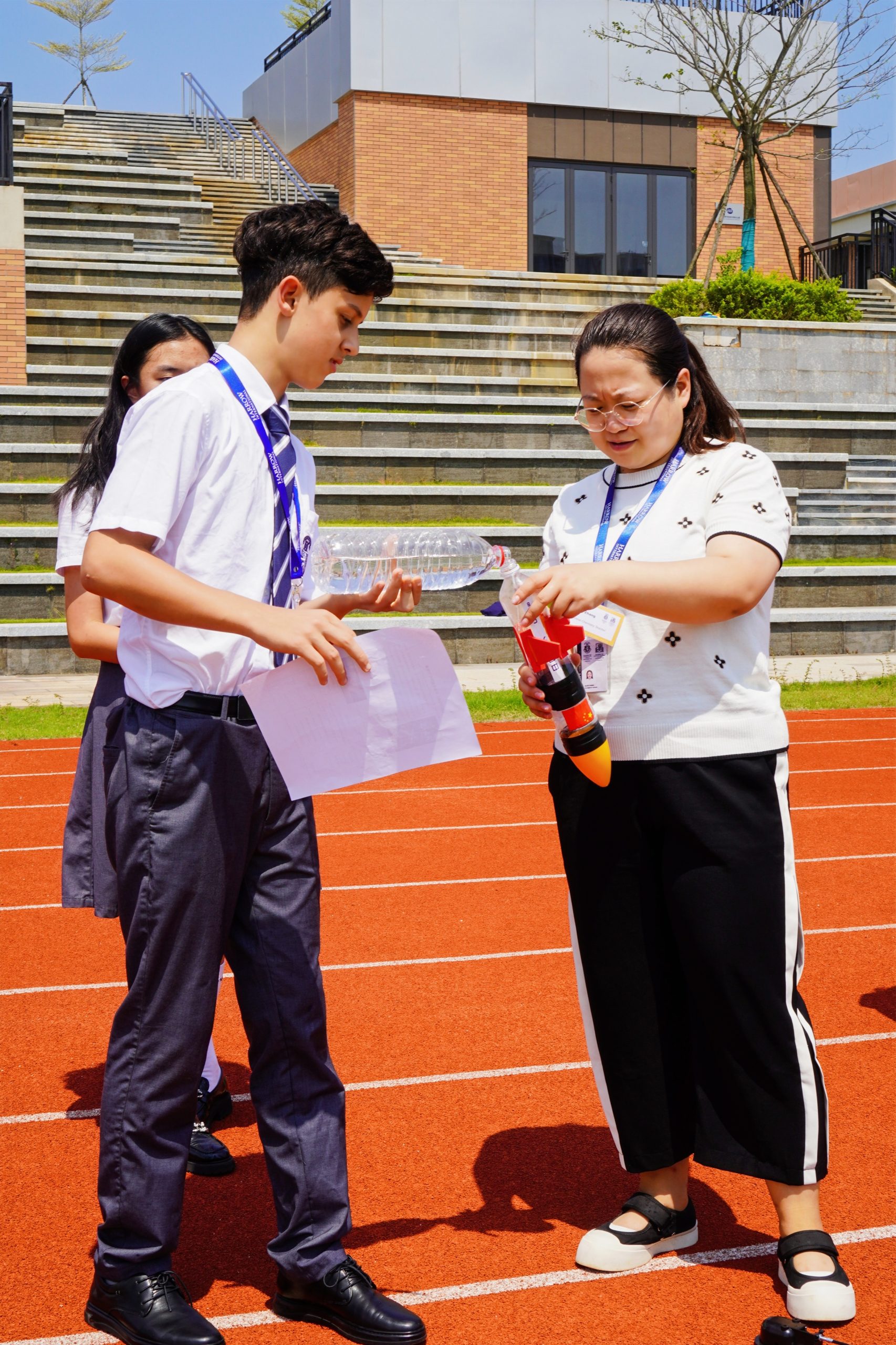
However, rockets are more than just cool! Our learning about rockets will also be more than an exciting class, and our lives benefit from exploration by rockets. Then the teacher introduced to the students the role of rockets in weather forecasting, satellite positioning, soil composition analysis, earthquake rescue and other fields.
The students’ yearning for the universe and their curiosity about aerospace technology were further stimulated, making our Harrow science classroom full of vitality.
Geography
Learning the difference between the earth and the moon
The lunar exploration-themed geography course of Y11/G10 put forward higher requirements for students.
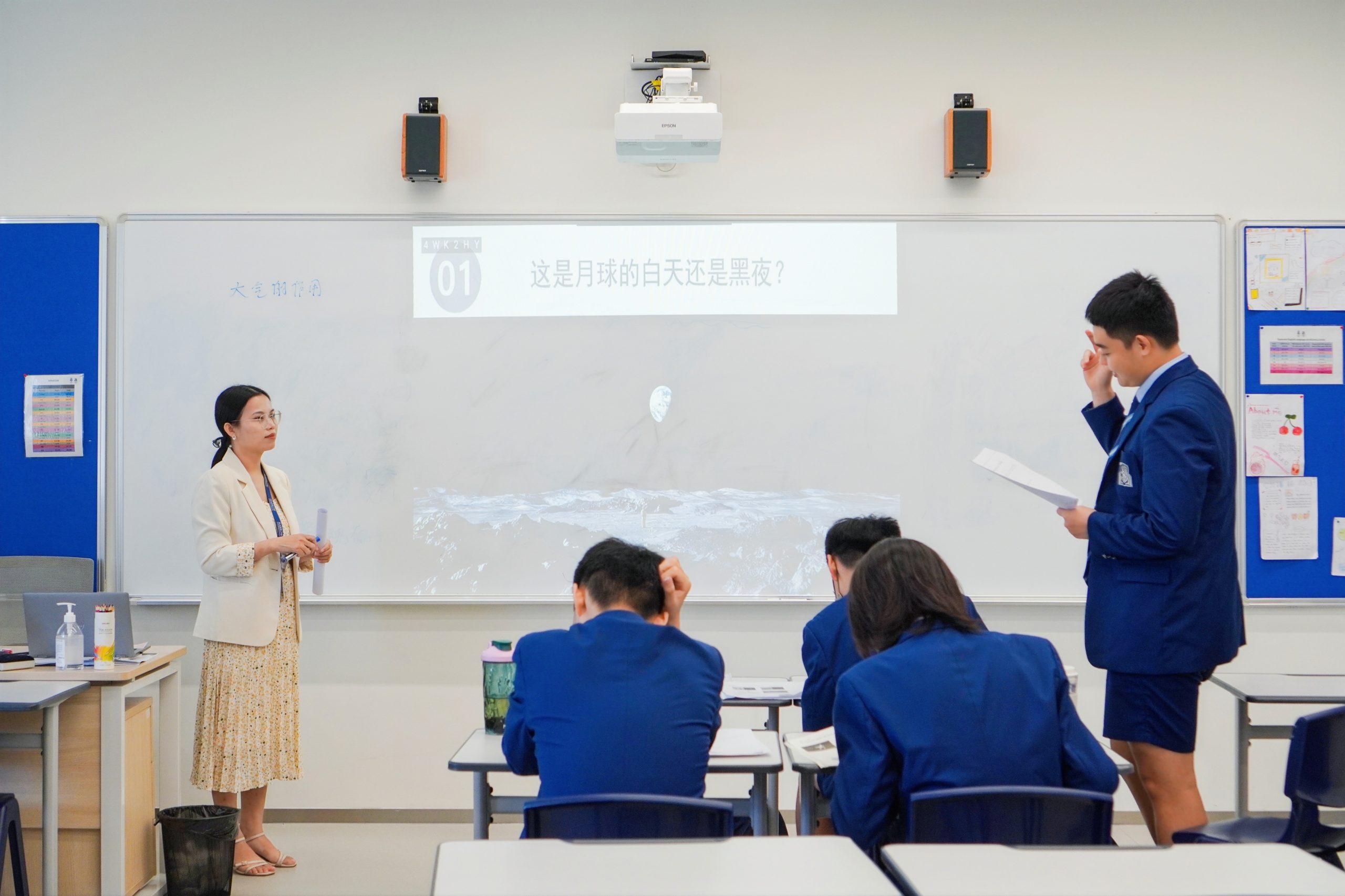
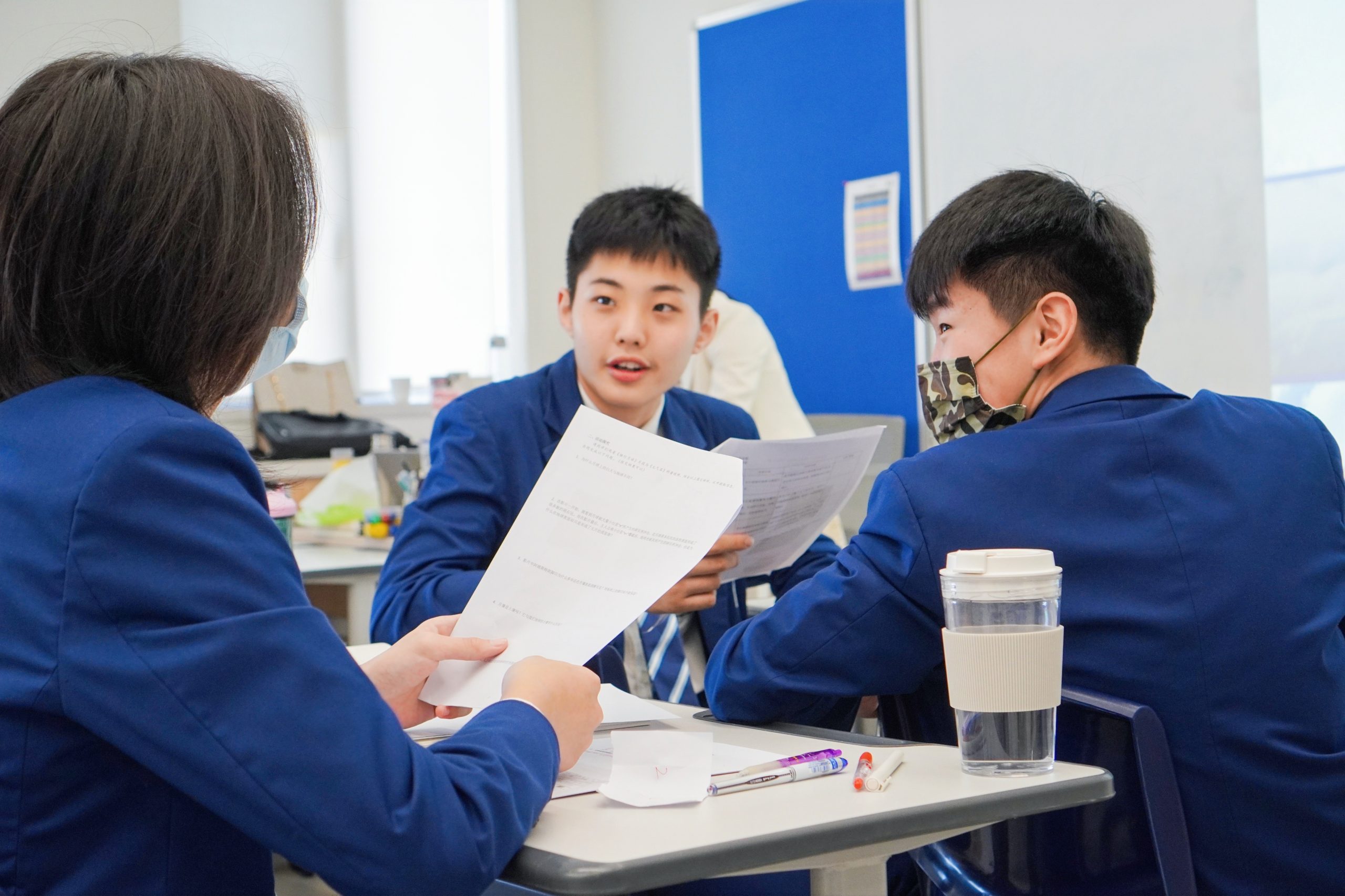
In the movie, the moon was hit by a large number of fragments from the asteroid “π”, which created many new craters on the lunar surface. At the end of the film, after the protagonist blasted the asteroid “π+”, the earth was also impacted by the fragments it produced, but why did only a large meteor shower appear on the surface of the earth?
Starting from this plot, the teacher explained to the students the protective effect of the atmosphere.
Due to the lack of protection of the atmosphere on the lunar surface, meteorite fragments can directly impact the lunar surface. However, while the earth has a very thick atmosphere, the fragments burn due to violent friction when passing through the atmosphere, forming a meteor shower. At the same time, the fragments also get considerably smaller, which reduces the impact of extraterrestrial objects on the earth.
Through the exploration of small problems related to the movie, the students learned about the scattering effect of the atmosphere, the protective effect of the atmosphere and how the atmosphere shapes the earth’s surface. The teacher led the students to solve one question after another about the moon.
Physics
Developing physical measuring skills to precisely explore the moon
In the movie, With the help of professional and solid knowledge of aerospace physics, the protagonist transforms various types of aircraft to leave the moon.
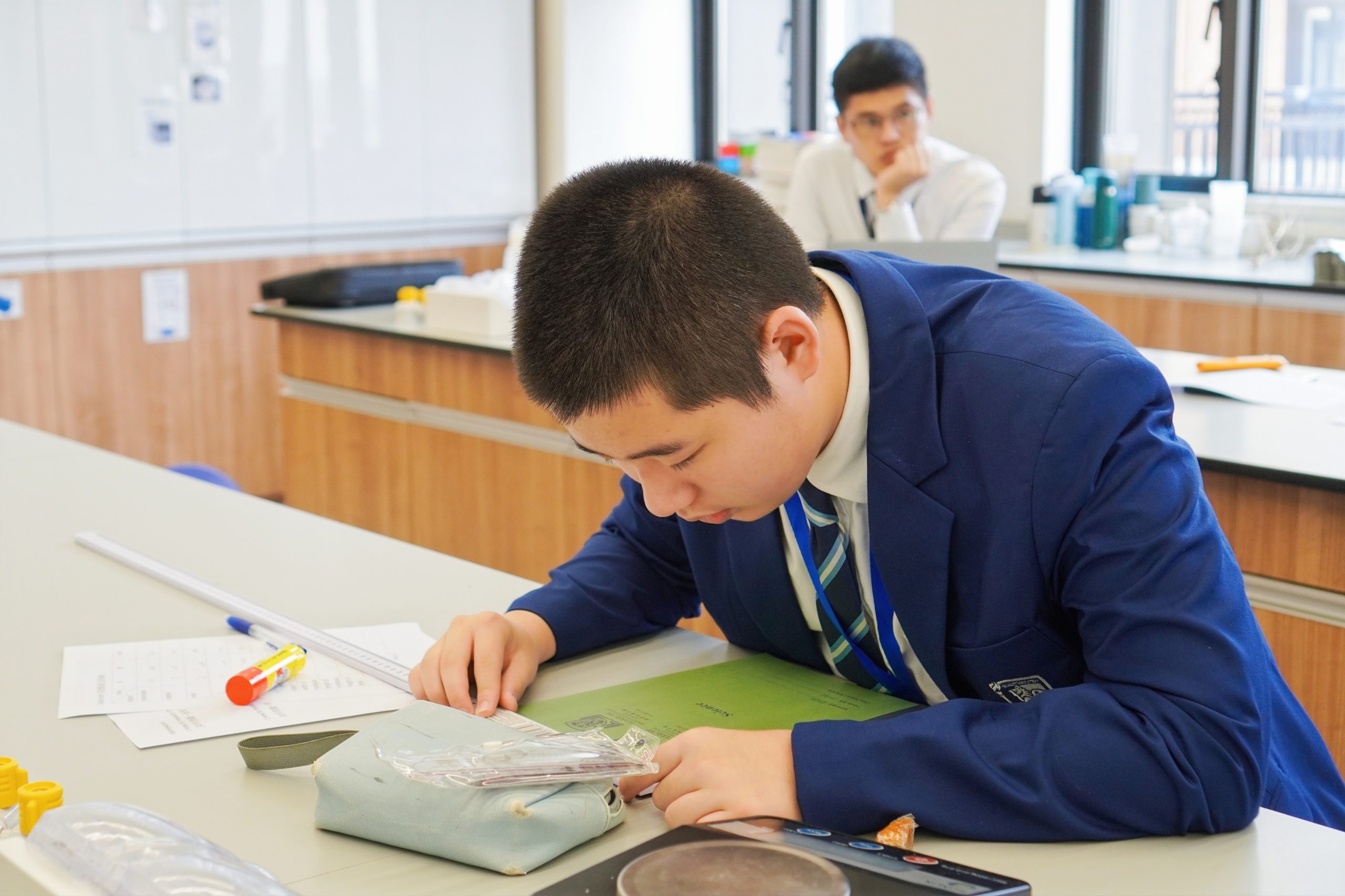
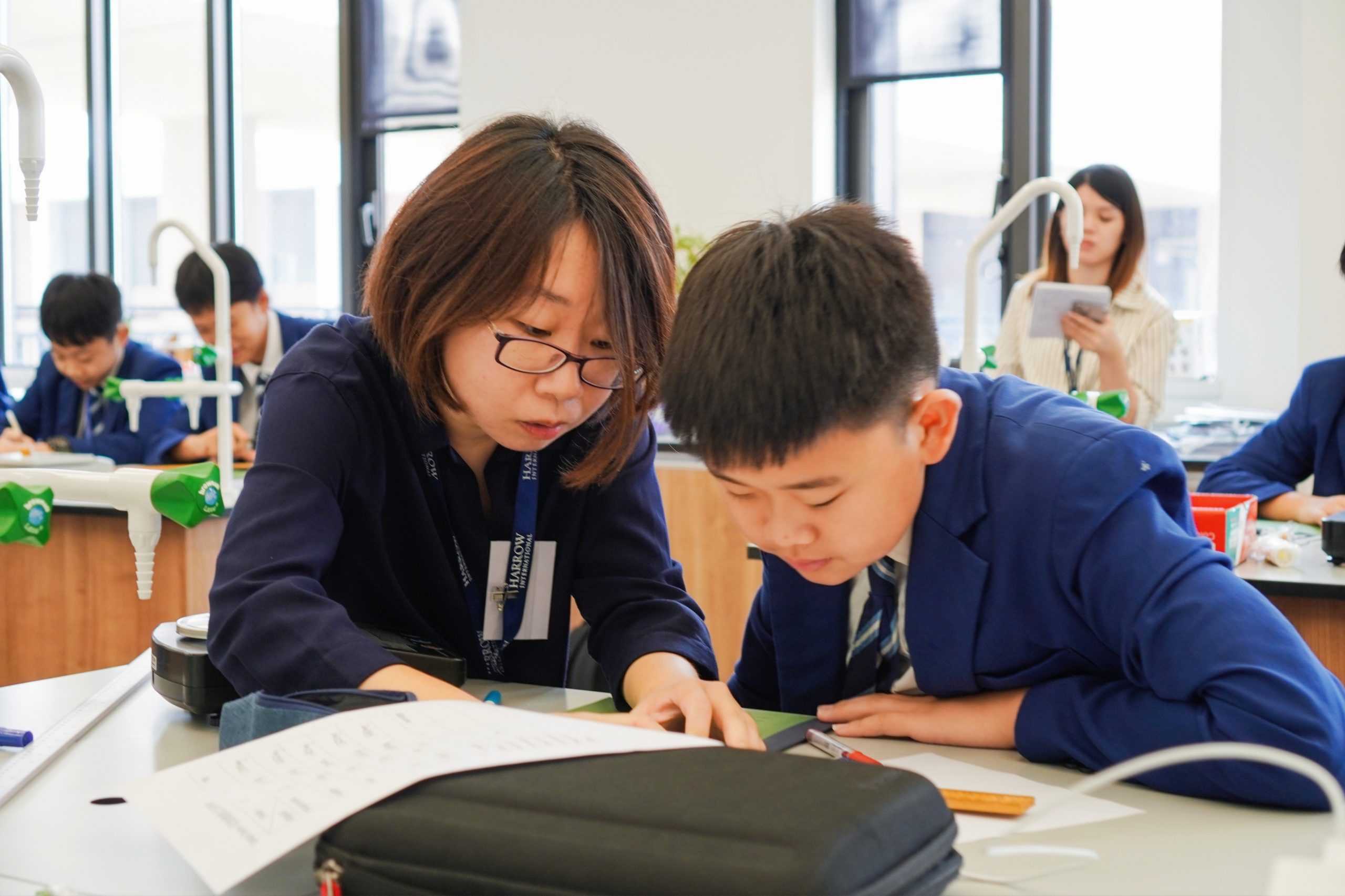
Therefore, in the themed physics class, we focus on cultivating students to develop solid physics knowledge and learn measuring methods. With the help of measuring tools such as electronic balances and long rulers, Y8/G7 students began to learn to measure the mass and length of substances, as well as the concepts of unit conversion and measuring error.
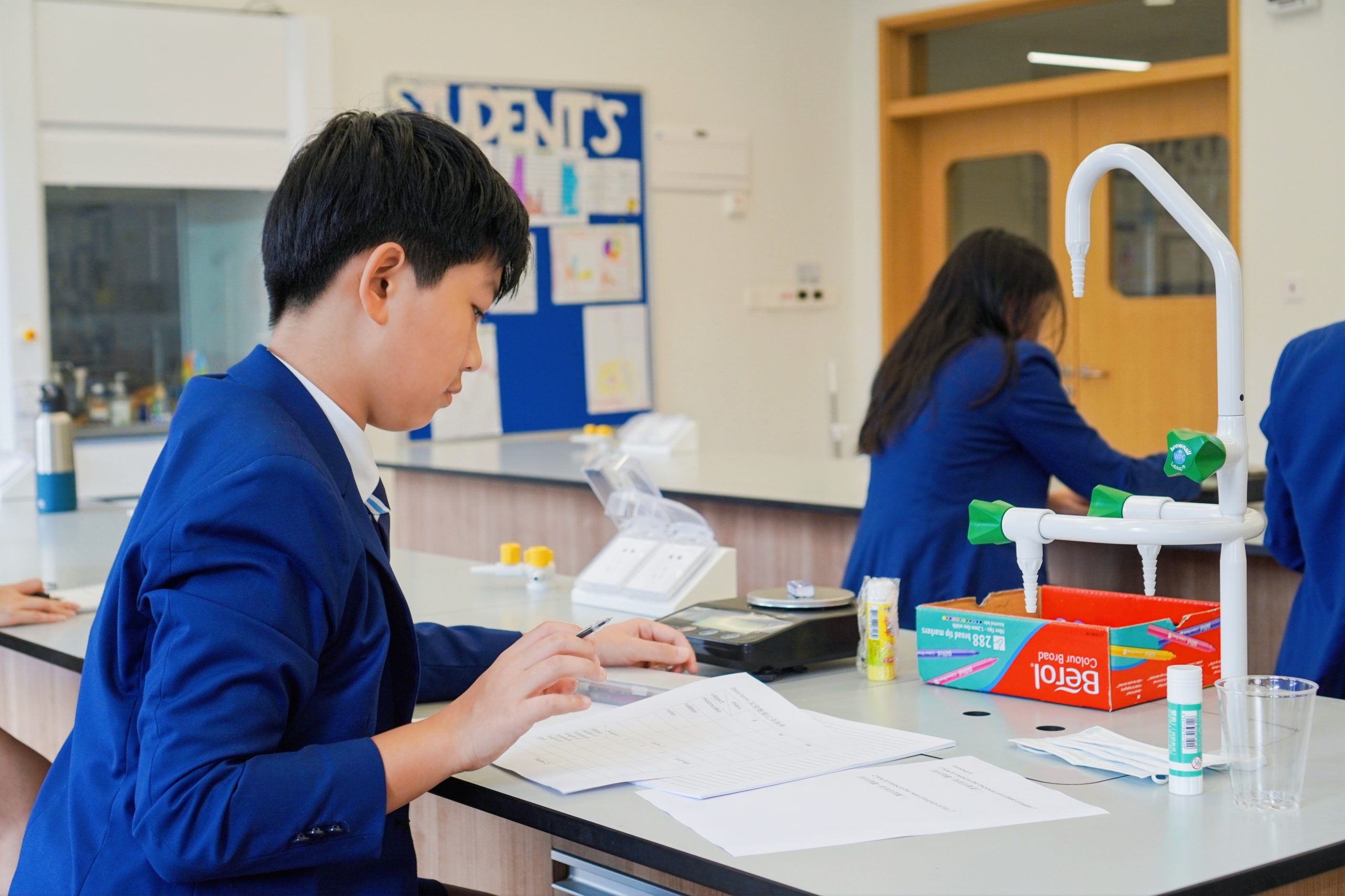
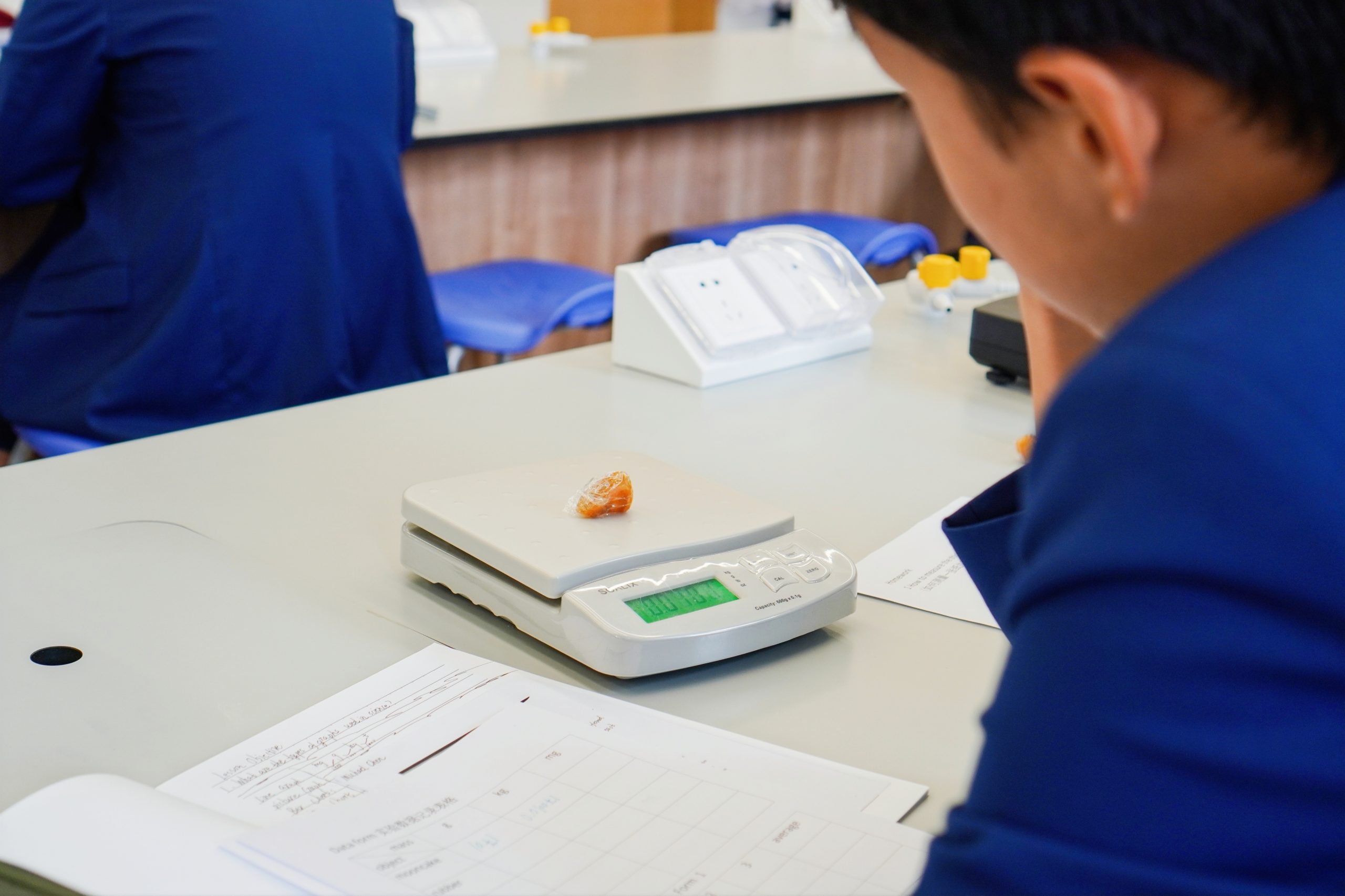
A large number of quiz questions in the class allowed them to establish a scientific way of thinking and deepen their understanding of the substances on the moon.
The course themed on lunar exploration not only expanded the breadth of learning but also provides students with a multi-dimensional learning experience. The final focus is on the training and improvement of students’ hands-on ability and skills in listening, thinking and expression.
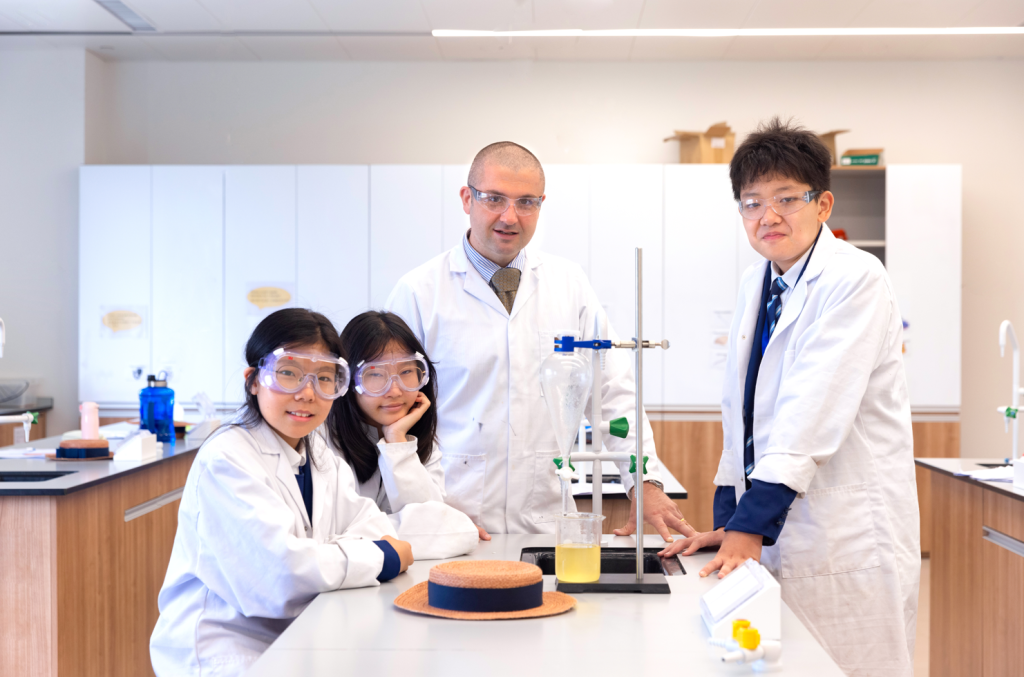
Continuing the concepts of Harrow’s holistic education, we combine real-life practice and the classroom more closely, so that students can have fun experiences while exploring the unknown in science.
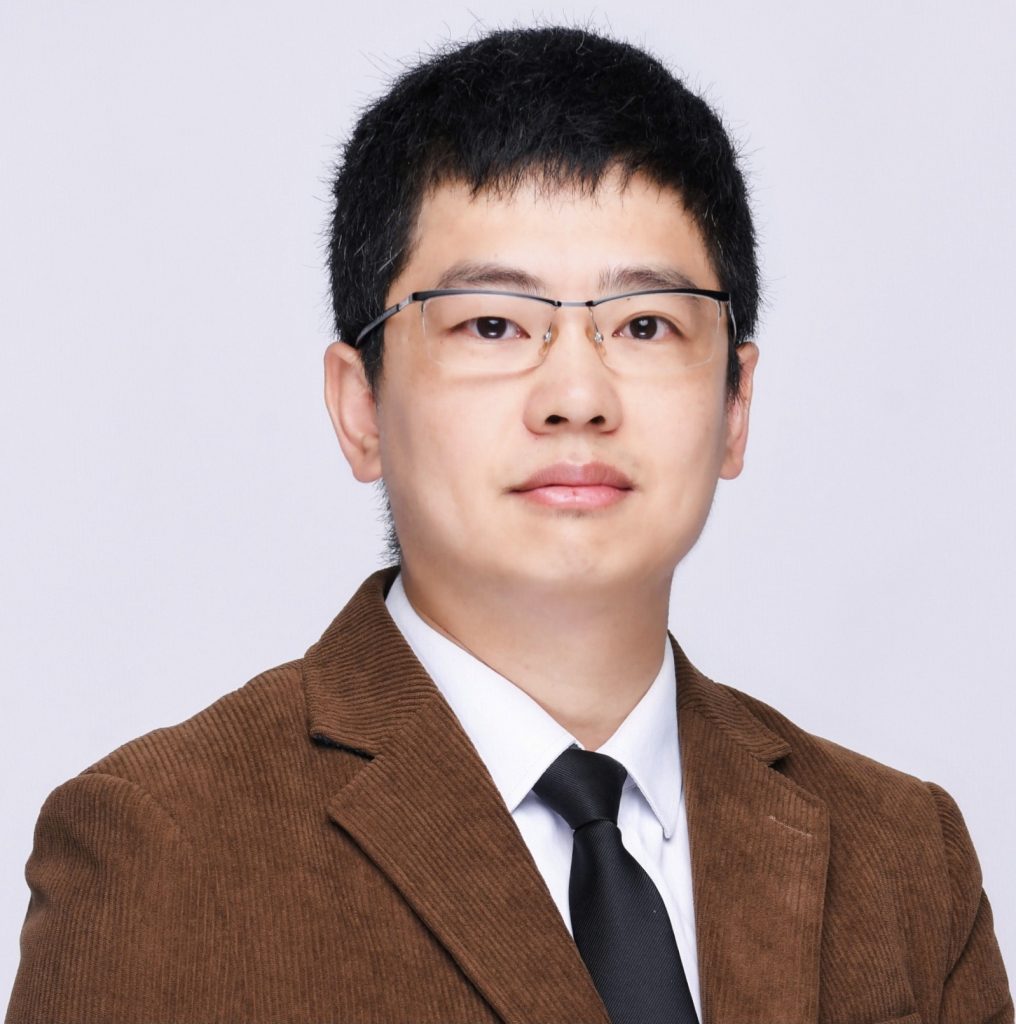
Interdisciplinary themed courses provide feasibility for integrating different ways of thinking and characteristics of various disciplines. It helps to develop transferable skills that really matter, such as critical thinking, the ability to communicate, and analytical skills, which are essential and will be developed at all stages of life. Therefore, in the practice of bilingual education at Harrow Haikou, we strive to create real situations and encourage students to gradually establish their own interdisciplinary thinking mode, to cultivate a lot of researchers who are good at thinking and truly passionate about scientific exploration.
Ken Du,
Director of Bilingual Education(Whole School)
